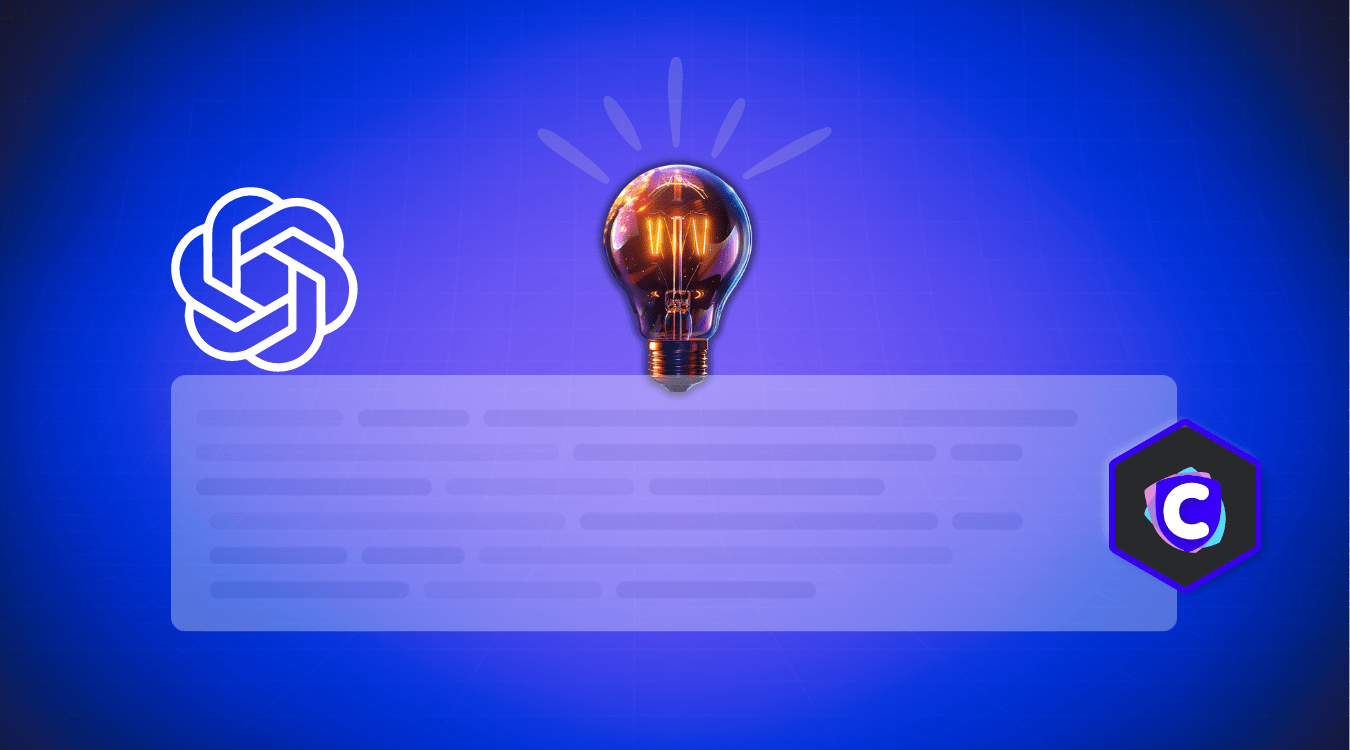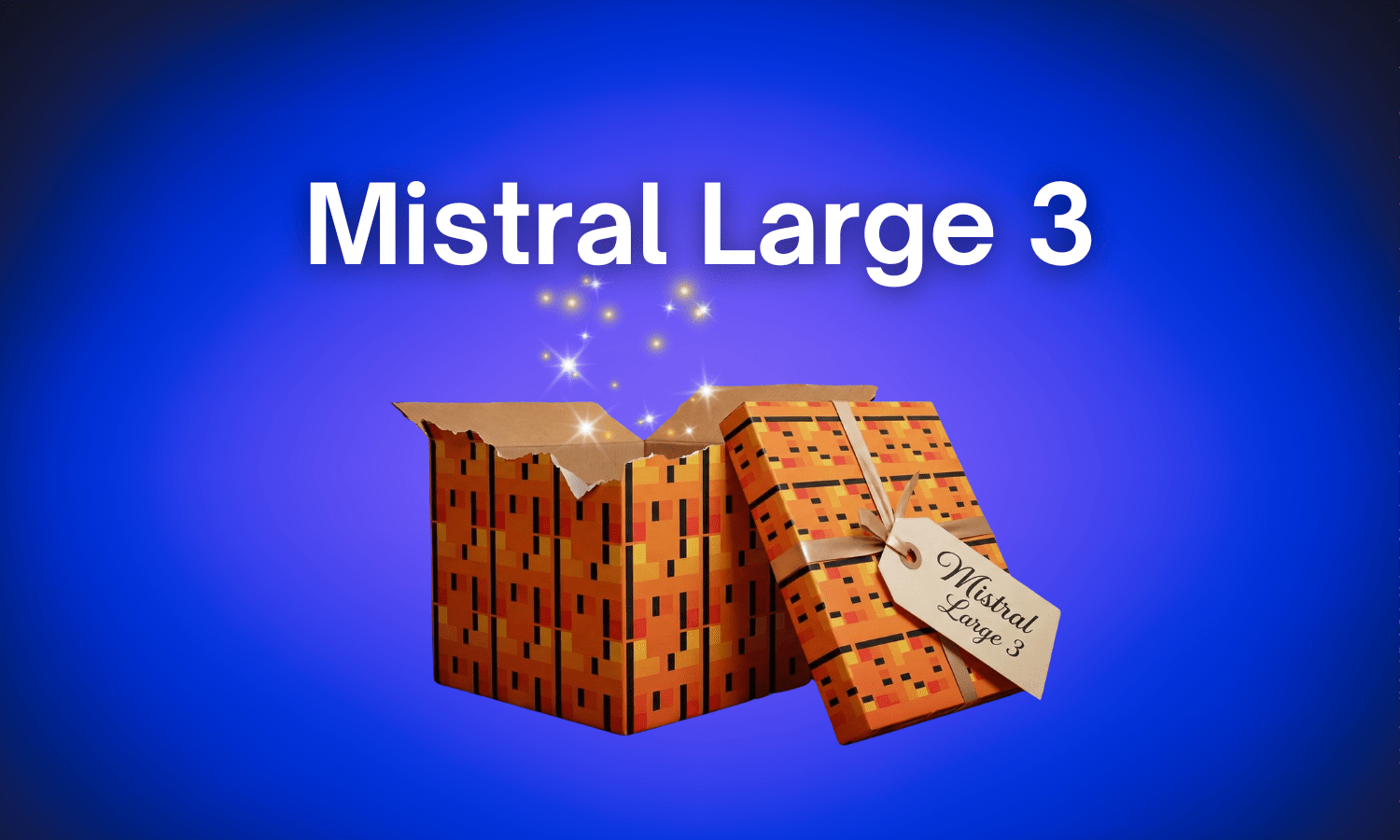Ingenious hacks for first-class results with ChatGPT & Co
The ultimate tricks to take ChatGPT and other AI tools to the next level! Hacks you need to know.

Creating high-quality texts or clear and unambiguous answers with ChatGPT and other AI assistants is often a challenging task that can sometimes lead to frustration.
How many times have you been in a situation where you tried to steer the chatbot in the right direction, only to get similar or even worse answers? In the following blog article you’ll get expert tips on how to create better texts with ChatGPT right away and how to get better answers from the AI assistant in general. Without frustration and wasting time.
Of course, this also requires a basic understanding of how ChatGPT and all other chatbots actually work. Only then can you unlock the full potential and gain an unfair advantage over the 99% of people who still use AI assistants sub-optimally with a few “hacks”.
By the way, everything you learn in this article can also be used with CamoCopy, your privacy-friendly ChatGPT alternative. Let’s start with the first point:
Understanding ChatGPT & other AI assistants
A basic understanding of ChatGPT, and all AI assistants, is that it is a sophisticated AI model that has been trained on large data sets to produce human-like text. It uses the patterns in this data to make connections and construct plausible text output in response to incoming instructions and questions from the user. These capabilities make it a powerful tool in the digital writing process.
Put simply, ChatGPT learns large amounts of text and then generates new words and phrases based on this knowledge. It’s like a giant memory that has stored millions of texts and learns how to use language from them. When you ask ChatGPT a question or type a sentence, it tries to generate an appropriate response based on what it has learned. With the right “prompts” - the words or phrases you type to start ChatGPT - you can get even better results. That’s because clear and precise requests (i.e. prompts) steer ChatGPT in a more creative direction, helping it to better understand what you want, and thus provide more relevant and accurate answers. Remember that ChatGPT is like a very intelligent assistant, trying to answer your questions as best it can based on what it has learned. The more you help it, the better the answers you get.
Asking clear and precise questions greatly improves the quality of the ChatGPT response.
At first glance it seems paradoxical. “You have to help ChatGPT so that it can help you”. But that’s the way it is, and it’s the only way you can generate very nice and large professional answer or text sections with relatively little effort. As you can see, you should approach a chatbot with a certain strategy.
ChatGPT writes monotonously
A common observation is that ChatGPT text can sometimes seem monotonous. This is often due to a consistent tone of voice and limited variety of expression. The underlying algorithmic architecture of ChatGPT tends to be conservative in order to avoid errors and misleading phrasing. The result is text that is written at an average linguistic level and often has a repetitive structure. To counteract this monotony, it can be helpful to guide ChatGPT with specific instructions, to use certain stylistic elements or to require a varied sentence structure. The direct specification of moods or the use of rhetorical devices is also a viable way of making texts more lively. The specific request to use analogies, metaphors or humorous elements opens up new ways of text design for the ChatGPT. The creative boundaries are expanded and the results reflect a greater stylistic diversity.This is how ChatGPT writes more humanly
As you already know, effective prompts are the basis for the generation of high quality text by artificial intelligence such as ChatGPT. When designing such prompts, it is important to formulate specific and targeted instructions to ensure accurate and relevant text production. Specific details about topic, tonality and structural preferences are crucial for successful implementation.Maximise output relevance through targeted audience selection
This is probably the most important point. This is the only way to get unique and varied texts from chatbots. To better tailor your texts to your audience and meet their needs, it is advisable to give specific instructions in your requests rather than remaining general. This will prevent ChatGPT from producing generic content that is not really relevant to anyone.
Write a concise explanation of [topic] that is understandable to [target audience]. The text should present the topic clearly and comprehensibly without neglecting the subtleties and fascinating details.
The art of limitation: Selecting the optimum text length
Don’t forget that ChatGPT and co. just write randomly and choose the length of a text at random. Sometimes they write way too long, sometimes way too short. To save time and nerves, think carefully about how long you want your text to be.
Write an [article/blog/text/explanation/definition…] about [topic]. The text should be [exactly/maximum/minimum] [number. e.g. 200] words long.
For example, if you want a summary of a text, you can also instruct ChatGPT to give you the summary in one very good sentence and not in several sentences.
Write a one-sentence summary of the key points from the following text: [insert article/blog/text/explanation/definition…].
Achieve better results
Write a definition about [topic]. Use informal language and choose expressions that are used in everyday conversations. Explain it as if you were explaining it to a good friend.
Only by carefully choosing the right words in the prompts is it possible to make full use of the many possibilities offered by ChatGPT without losing sight of the goal.
Receive good explanations:
Explain [topic] to me as if you were [expert/primary school teacher/university professor]. Give me [number] examples to explain it better. Explain it as if I were [age] years old.
Paraphrase text:
Paraphrase this [sentence/paragraph/article] and improve it to make it even better, write the text [more professionally / like a friend / like an expert in the field]: [insert text].
Iteration strategies to improve results
When formulating prompts, it is important to understand that perfection is not always achieved at the first attempt. Rather, it is an iterative process that is improved through continuous communication and adaptation. With this in mind, it is advisable to adopt a dynamic approach where you are not afraid to refine and optimise your prompts. Perhaps start with a broader approach to gather basic information and then continue the conversation to delve deeper into the topic. Through this gradual refinement, you can guide ChatGPT to generate more specific content that better meets the needs of your audience and strikes a particular style or tone. It’s important to give clear and concise instructions to ensure that the results meet your expectations and provide the desired value.
More free, helpful prompts
If you want more free copy and paste templates, check out this page: More prompts
There you will find further helpful prompts to support you in everyday life or at work.
An overview of the most important tips
Human-like text production with ChatGPT requires specific guidance and a considered approach.
- Avoid prompts that are too general or imprecise.
- Provide context, such as target audience and desired level of formality.
- Emphasise the importance of natural language.
- Encourage varied sentence structure and lively word choice.
- Encourage the use of cultural or subject-specific expressions.
- Implement feedback loops so that ChatGPT learns from previous iterations.
- Detailed instructions are key to an authentic writing style.
When these subtleties are taken into account, ChatGPT and other AI tools can produce output and text that mimics human communication, while providing excellent responses that are clear and understandable.



